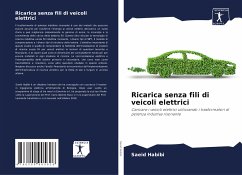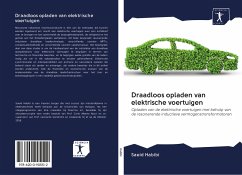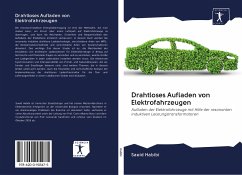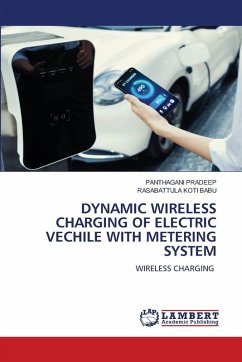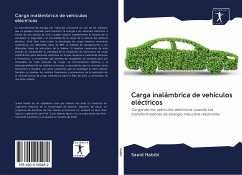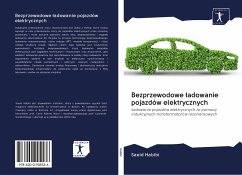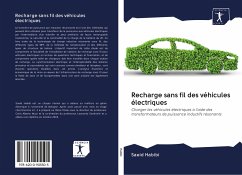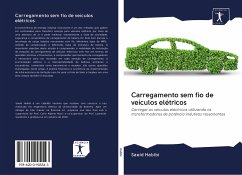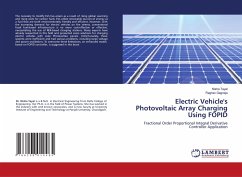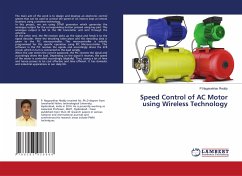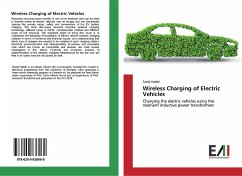
Wireless Charging of Electric Vehicles
Charging the electric vehicles using the resonant inductive power transformers
Versandkostenfrei!
Versandfertig in 6-10 Tagen
36,99 €
inkl. MwSt.

PAYBACK Punkte
18 °P sammeln!
Resonant inductive power transfer is one of the methods that can be hired to transfer power to electric vehicles over an air-gap and can remarkably improve the anxiety range, safety and convenience of the EV battery charging. This book discusses resonant inductive wireless charging technology, different types of WPTs, compensation method and different types of coil structure. The important target of doing this study is to understand the feasibility of installation of electric vehicle wireless charging stations in terms of technical and financial issues, and understanding that which size of cha...
Resonant inductive power transfer is one of the methods that can be hired to transfer power to electric vehicles over an air-gap and can remarkably improve the anxiety range, safety and convenience of the EV battery charging. This book discusses resonant inductive wireless charging technology, different types of WPTs, compensation method and different types of coil structure. The important target of doing this study is to understand the feasibility of installation of electric vehicle wireless charging stations in terms of technical and financial issues, and understanding that which size of chargers are needed to be installed in each charging station. Electrical synchronization and interoperability of primary and secondary coils which are known as transmitter and receiver, are other issues investigated in this article. Financial and economic analysis of implementation of the wireless charging infrastructure for the taxi and van fleet in an urban area are discussed as well.



